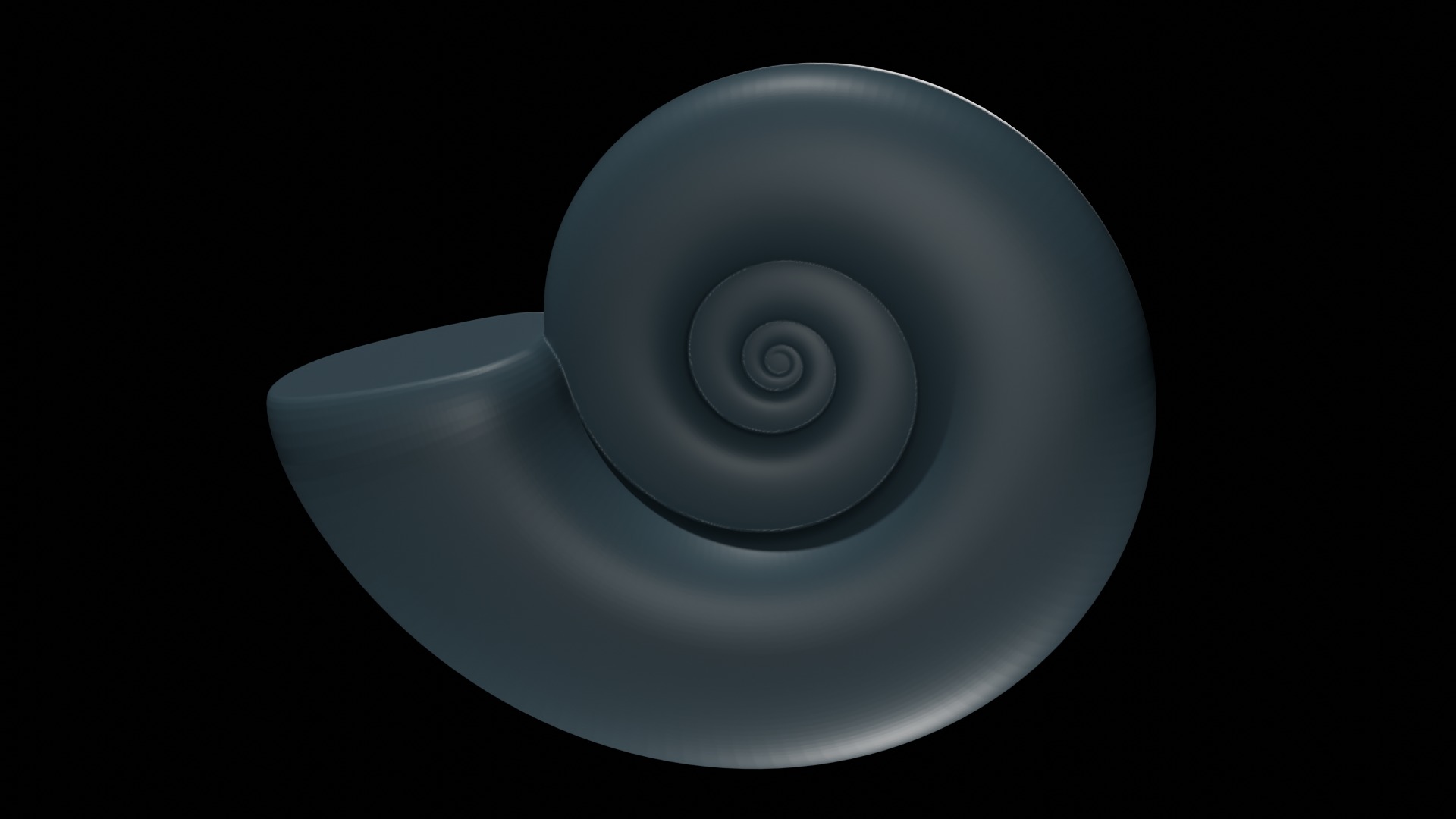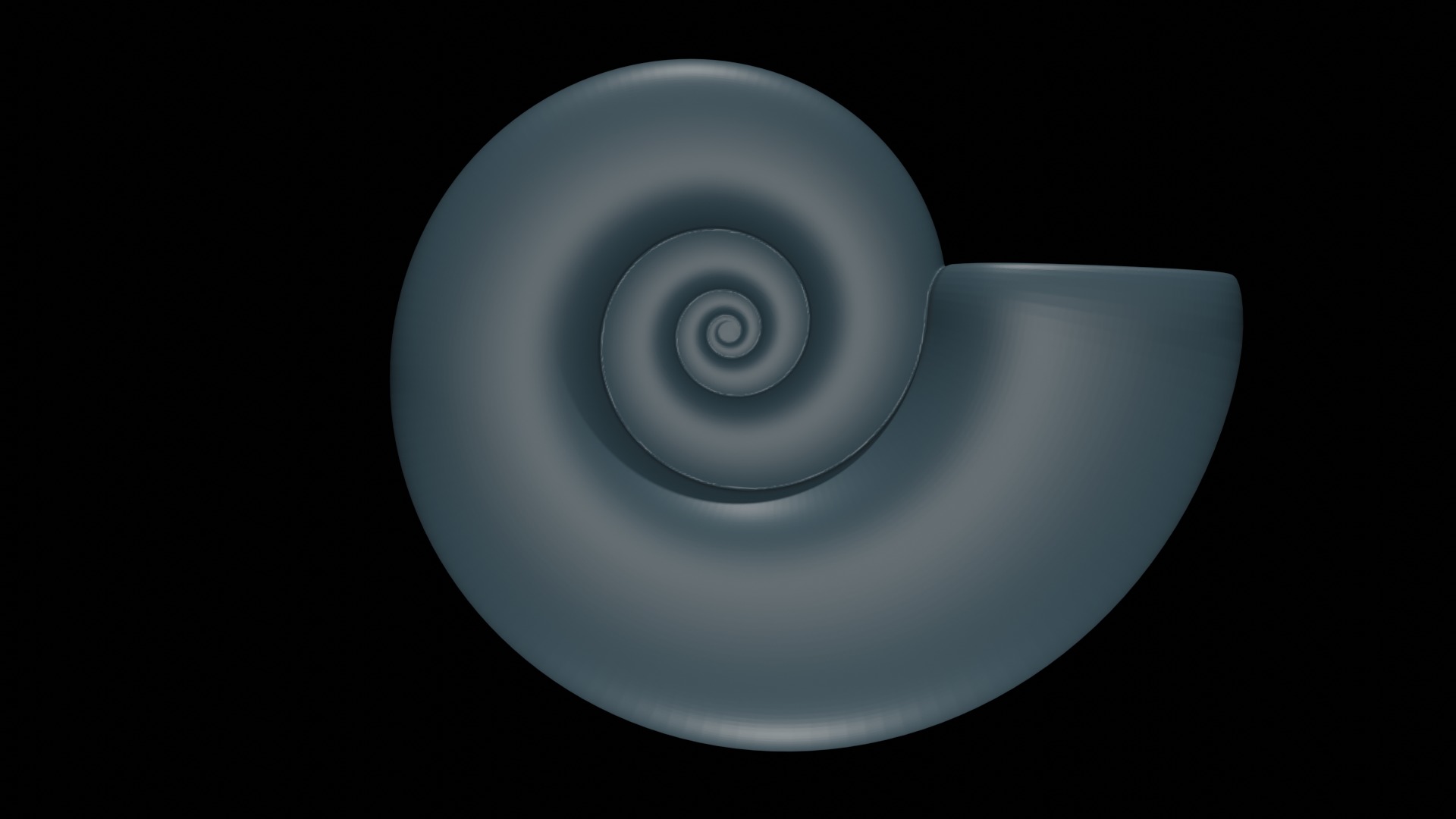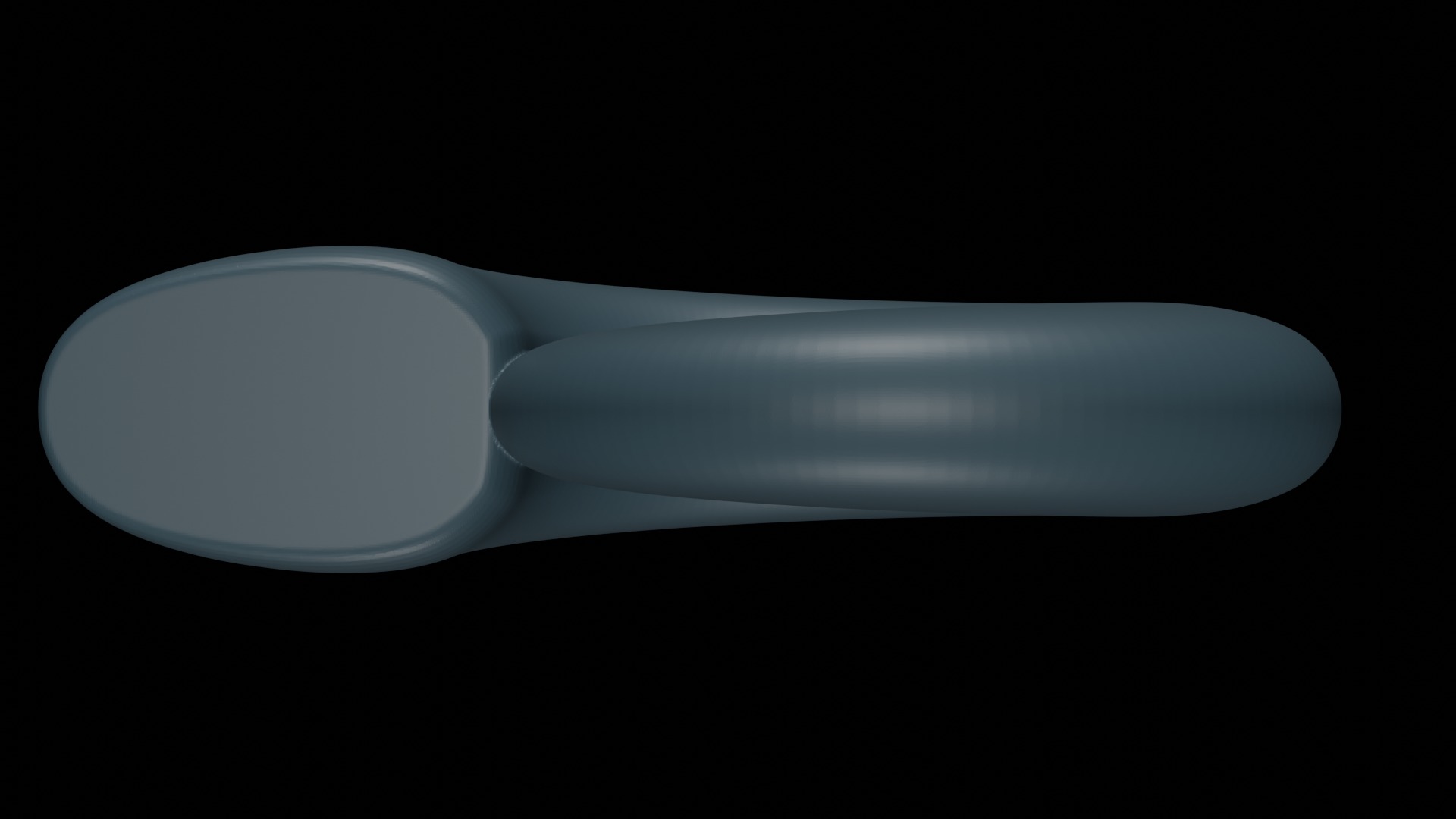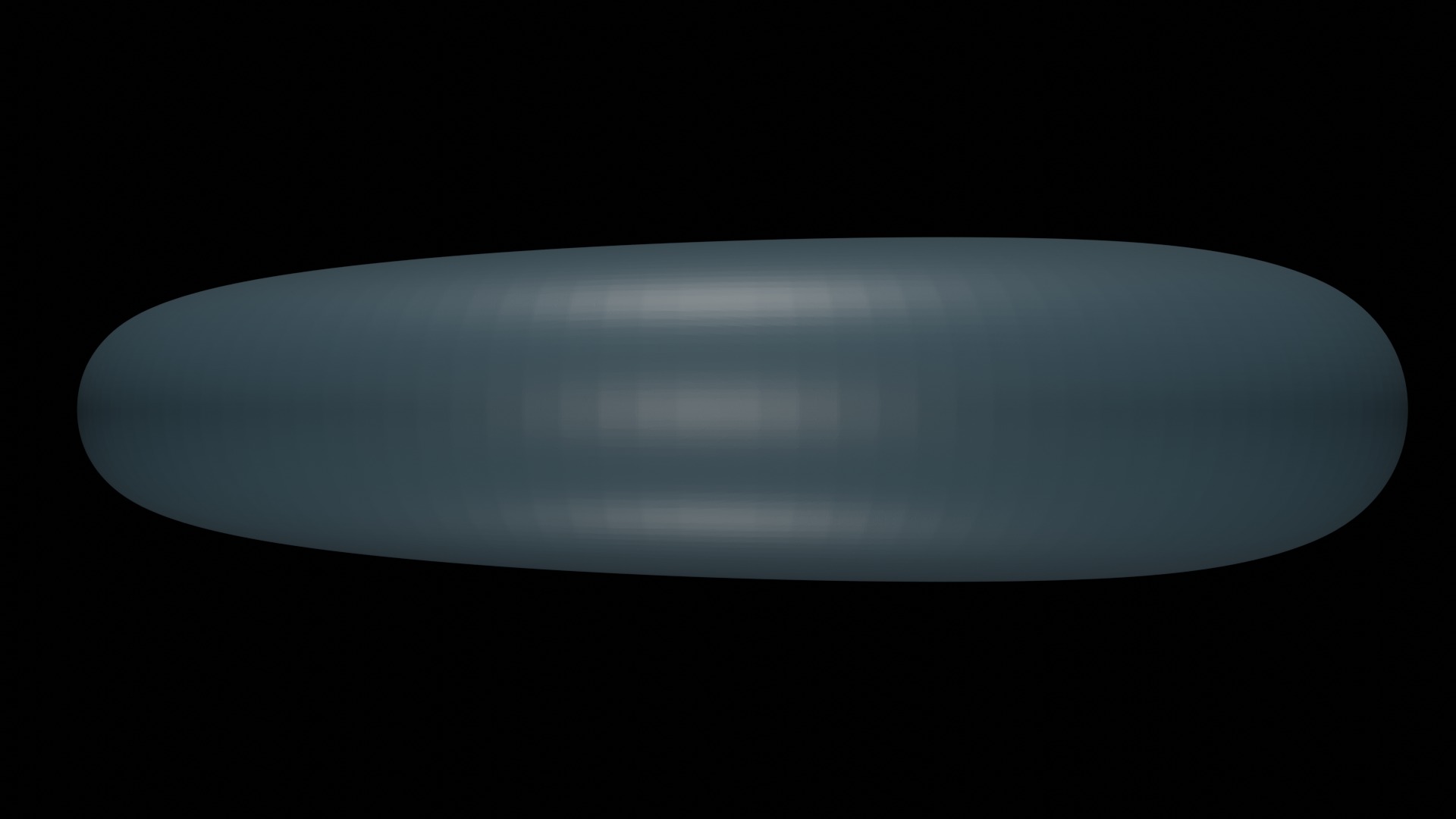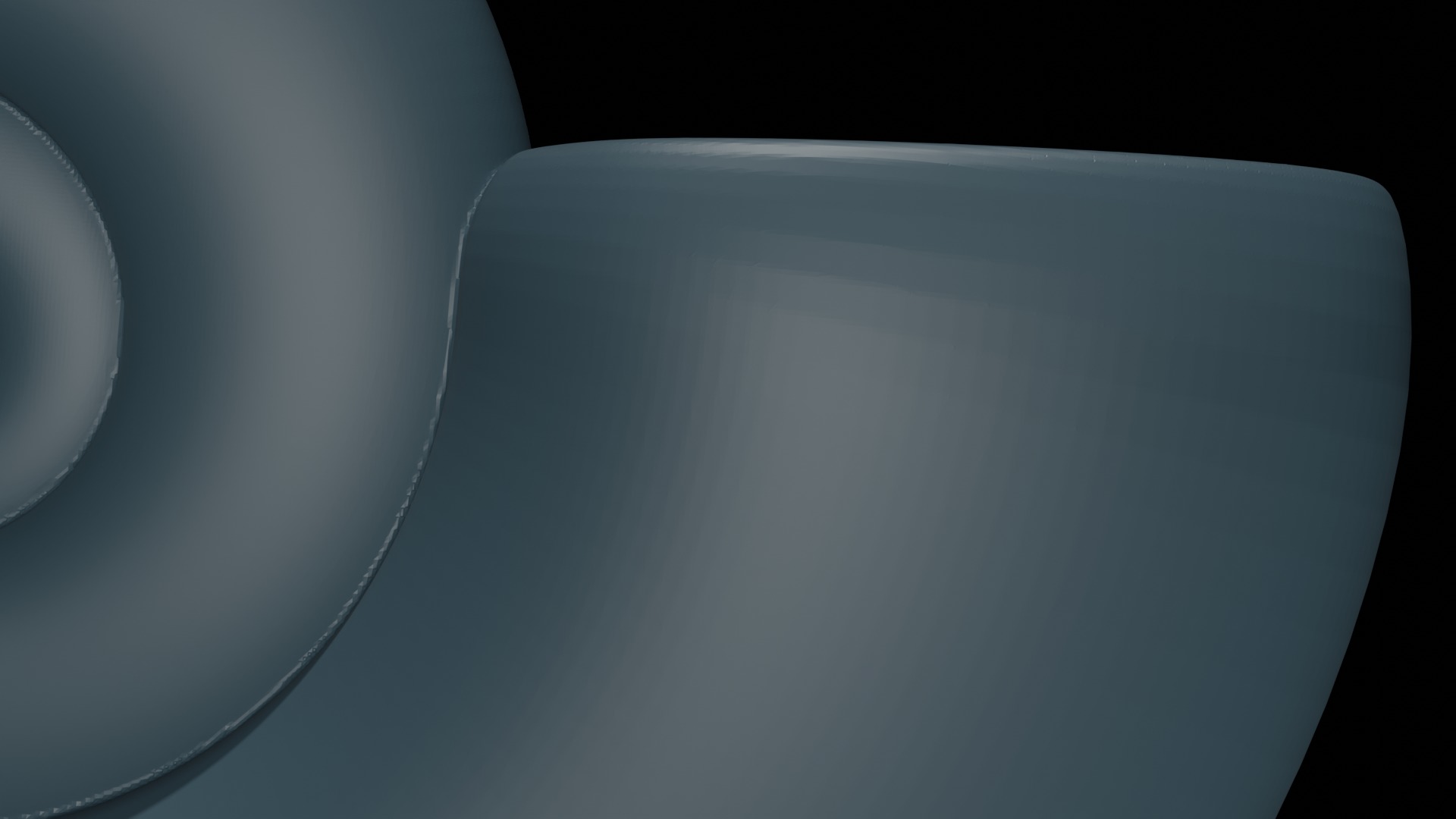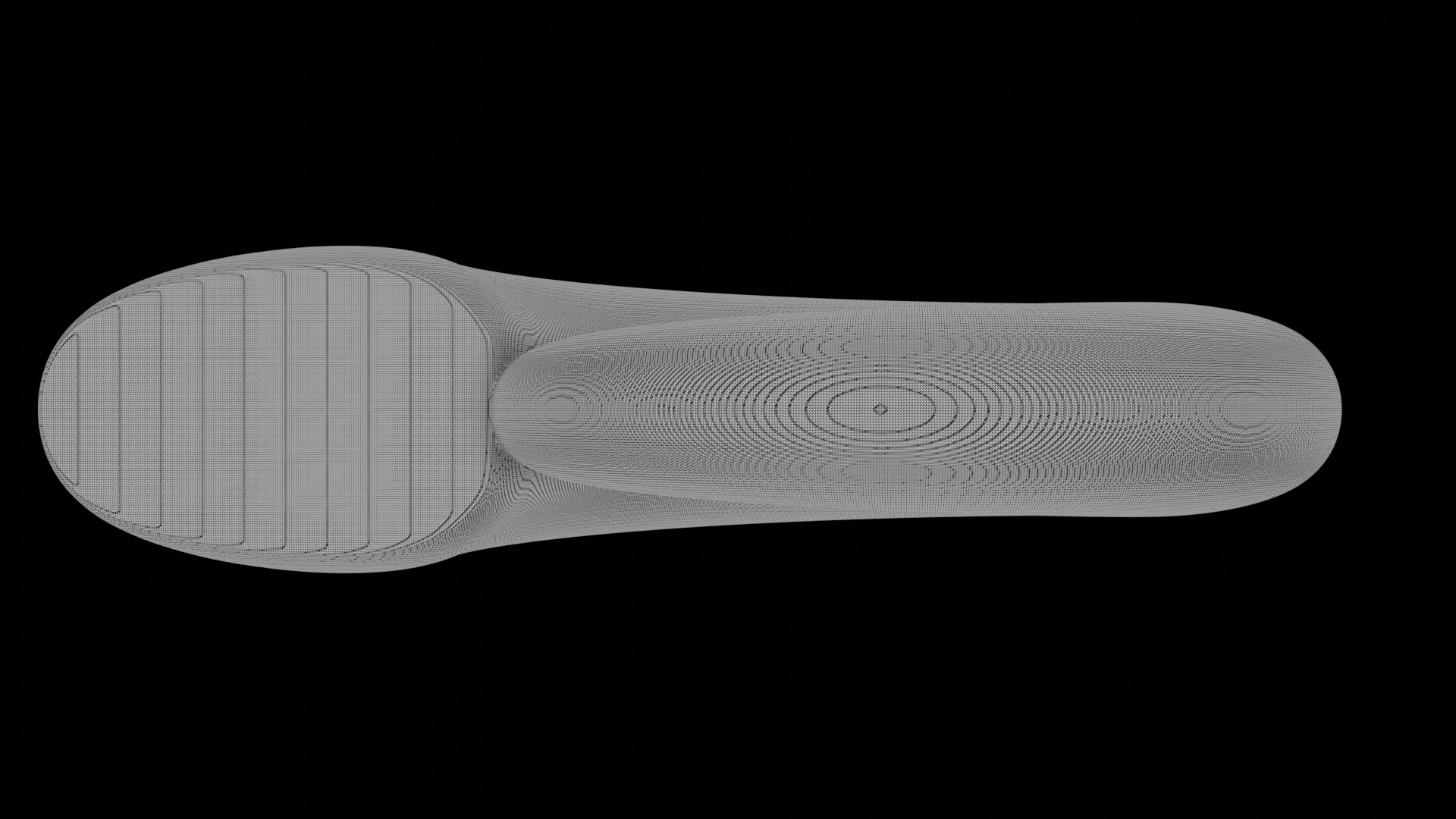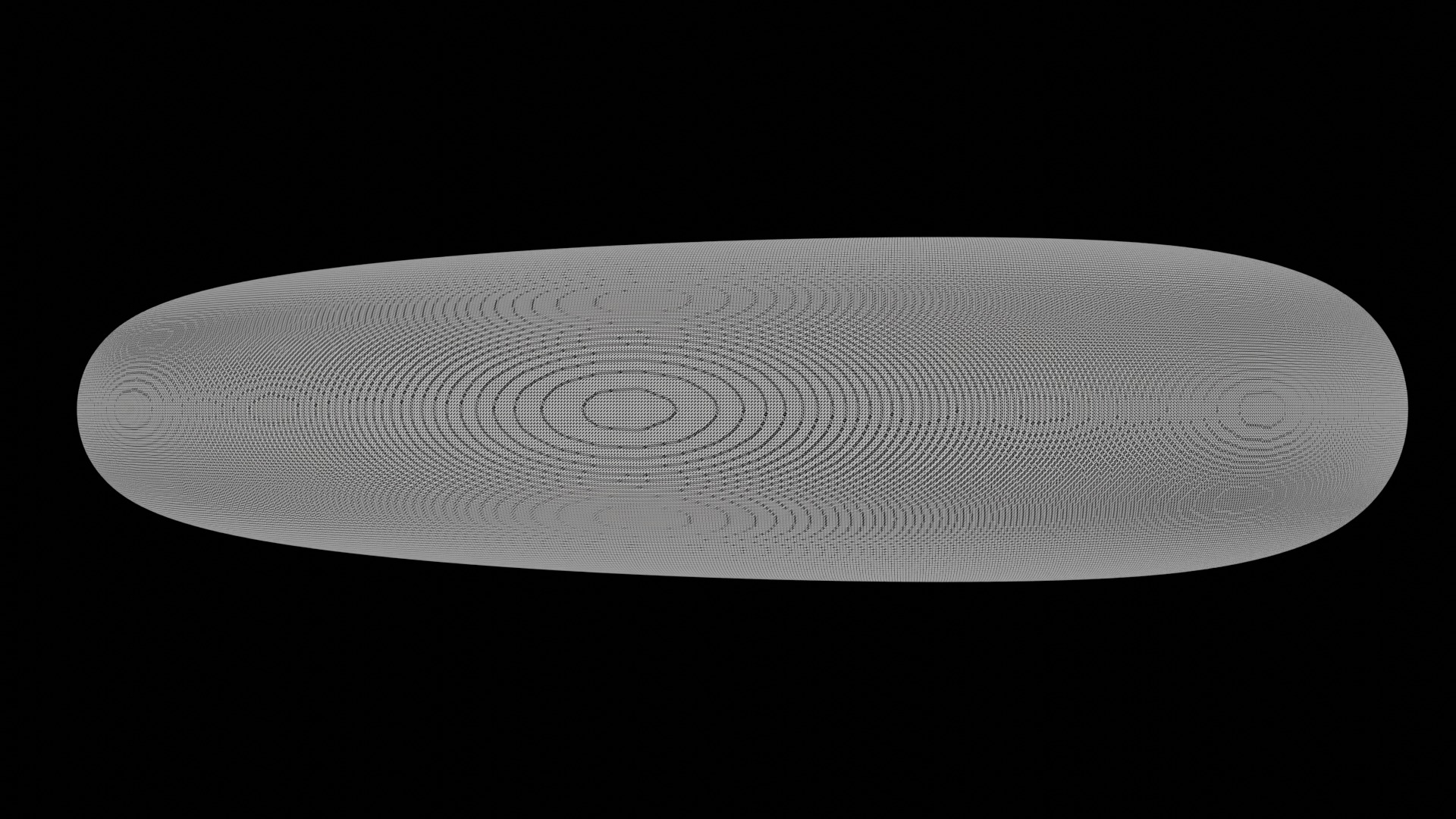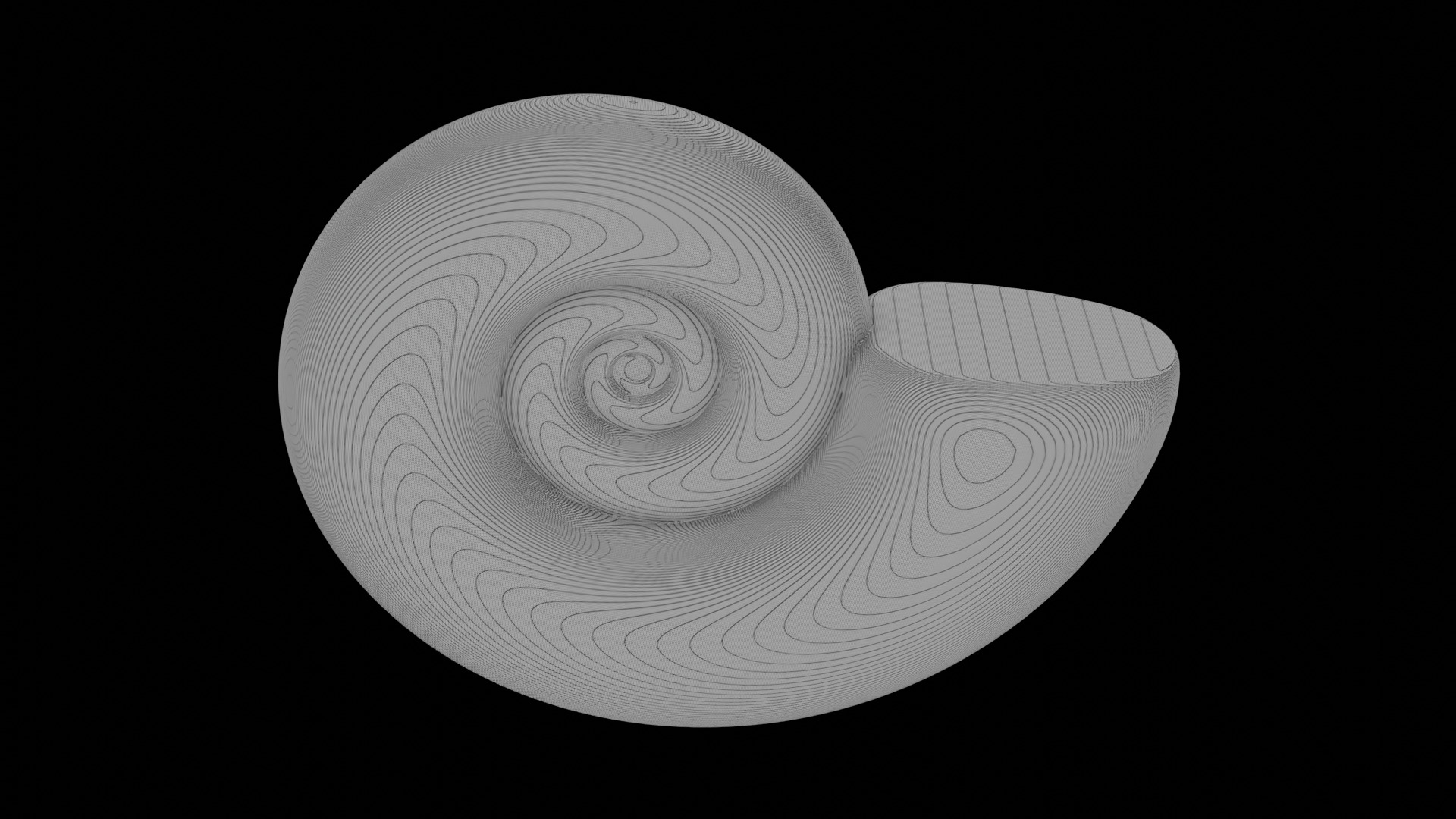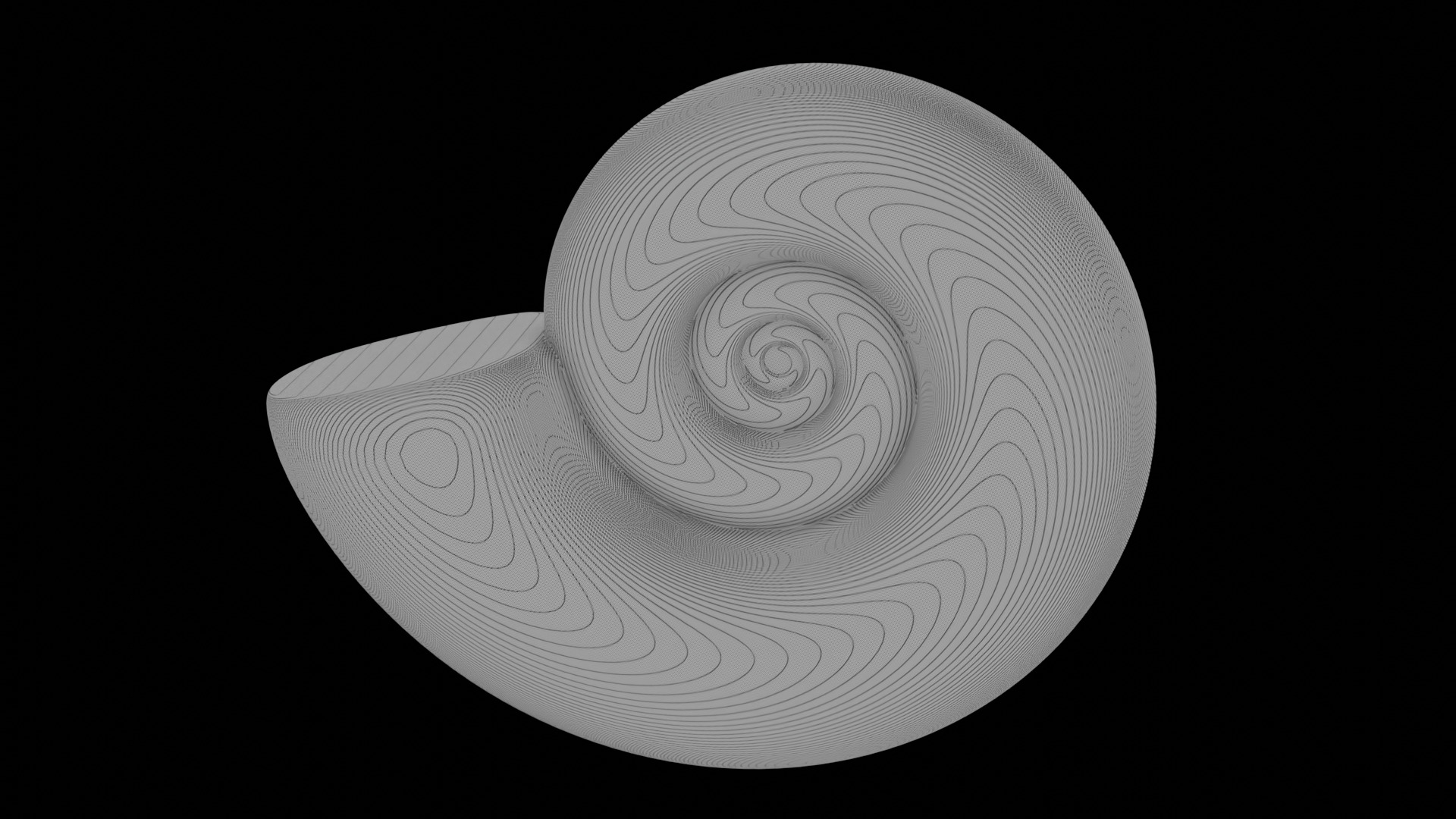
Ammonoid shell subevolute and compressed Cantabricanites 3D model
Information: This model emulates the extremely involute ammonoid shell of Cantabricanites. The genus Cantabricanites is characterized by a Conch large (to 20 cm phragmocone diameter), discoidal (W/D, 0.15-0.3), and widely evolute (U/D, 0.35-0.55) with compressed whorls and broadly rounded venter and umbilical shoulders. Ammonoids are a diverse group of extinct cephalopods bearing an external shell similar to Nautilus but closely related to modern coleoids, a group that includes cuttlefishes, octopuses, squids, among others (Hoffmann et al., 2022) . These organisms inhabited the ancient oceans from the Early Devonian to the earliest Palaeogene period, reaching an interval of approximately 350 million years across the Phanerozoic (Landman et al., 2015; Lehmann, 2015). Fossils of this external conch represent one of the most common findings in marine assemblages, showing a highly diverse and abundant record around the world (Saunders & Swan, 1984; Saunders et al., 2004; Korn & Klug, 2012; Morón-Alfonso et al., 2023, figs. 3-4). Because the ammonoid conch grew along with the animal soft-body, this structure frequently records valuable information including morphological modifications that occurred during ontogeny useful to study the paleobiology and paleoecology of this group (Kullmann & Scheuch, 1970; Kant, 1973; Korn, 2012; Erlich et al., 2016). By making a purchase, you are helping to fund future research on these fascinating creatures. If you're interested in exploring more fossil models, feel free to check out my profile for other options.

